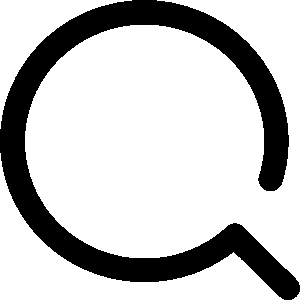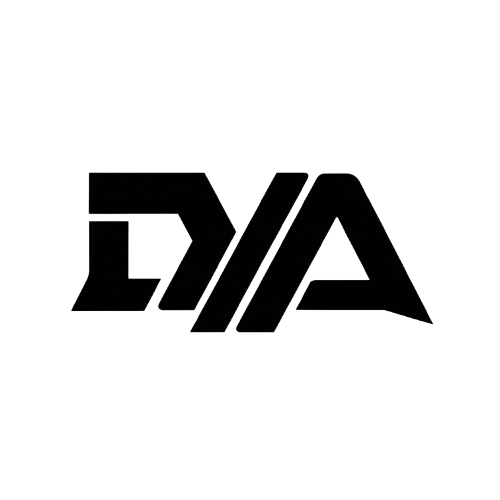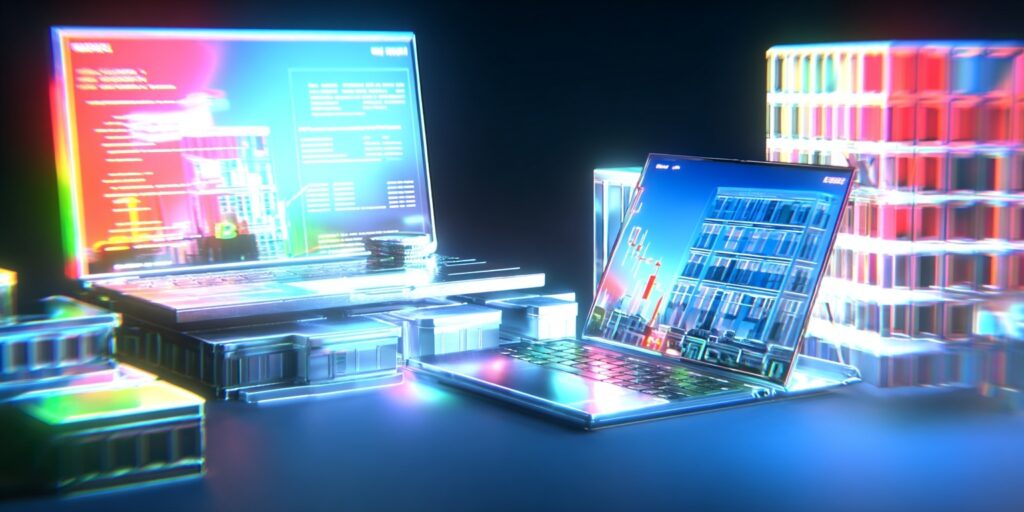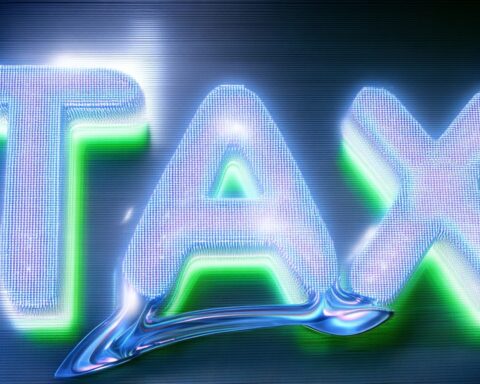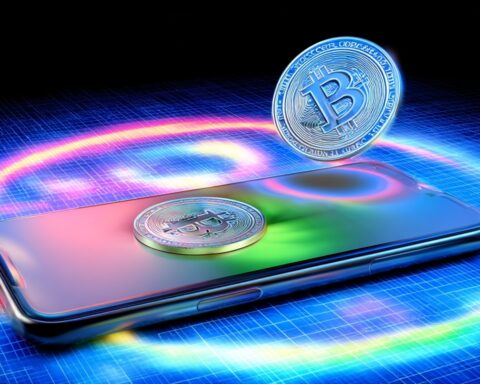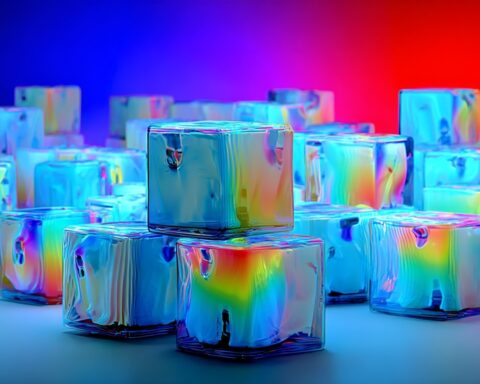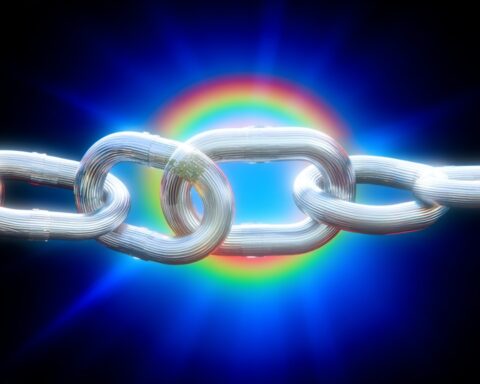The Foundation of Crypto, DeFi, and the Decentralized Internet
Blockchain is the core technology that powers cryptocurrencies like Bitcoin and Solana — but it’s much more than that. It’s a new kind of database, a public ledger, and a global coordination mechanism all rolled into one. If you want to understand crypto, you must understand blockchain.
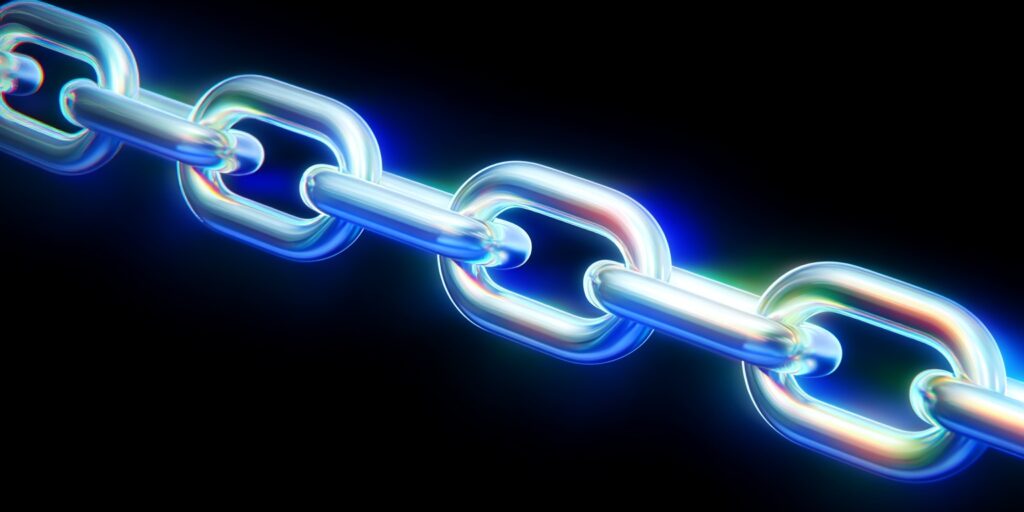
In this article, we’ll break blockchain down simply, but technically, covering:
- What a blockchain is at its core
- How it works under the hood
- Why it matters — beyond just tokens
- Real-world examples (Bitcoin, Ethereum, Solana)
- The future of blockchain beyond money
Table of Contents
🧱 1. Blockchain = A Distributed, Append-Only Ledger
At its most basic, a blockchain is a database — but unlike the ones running websites or banks, it’s:
- Distributed: stored across many computers, not on one server
- Immutable: once something is added, it can’t be changed
- Transparent: anyone can read the entire ledger
- Consensus-driven: new data only gets added when everyone agrees it’s valid
This makes blockchain trustless — you don’t need to rely on a central party (like a bank or company). You just rely on the math and the system itself.
🔄 2. How Blockchain Actually Works

Let’s walk through how a blockchain adds data:
➤ Step 1: A Transaction Is Requested
Say Alice wants to send Bob 1 SOL.
➤ Step 2: The Network Sees the Request
Thousands of nodes (computers) on the Solana blockchain receive the transaction and begin validating it.
➤ Step 3: Consensus Mechanism
The network agrees on the state of the blockchain using a mechanism like:
- Proof of Work (PoW): like in Bitcoin
- Proof of Stake (PoS): used by Solana, Ethereum 2.0, Avalanche, etc.
- Other variants: like DAGs, Proof of History, BFT, etc.
➤ Step 4: The Transaction Gets Put in a Block
Once verified, the transaction is packaged with others into a “block.” This block is cryptographically hashed, timestamped, and chained to the previous block.
➤ Step 5: The Block is Added to the Chain
Now the ledger has a new permanent entry: Alice sent Bob 1 SOL. Everyone has a copy of this — and no one can change it.
⛓️ Why “Chain”?
Because each block contains the hash of the previous block, they’re literally chained together. Tampering with one block would break the chain — making blockchains tamper-proof by design.
🧠 3. Why Blockchain Matters
Now that we’ve covered what blockchain is, let’s break down why it matters — and why it’s considered one of the most disruptive technologies since the internet.
✅ Trust Without Middlemen
Traditionally, to send money, verify ownership, or track data, you need a middleman:
- Banks verify transfers
- Lawyers verify ownership
- Companies store and protect data
Blockchain removes these gatekeepers by replacing trust in institutions with trust in code + consensus.
Now:
- You can send money without a bank
- You can prove ownership without a lawyer
- You can verify data without a company database
That’s radical. It turns centralized power structures into open protocols anyone can use.
🌍 4. Real-World Blockchain Use Cases
Let’s zoom in on the three biggest blockchains and how they’re being used today:
🟠 Bitcoin (BTC)
- Use case: Peer-to-peer digital cash
- How it works: Uses Proof of Work (PoW) to secure the network
- Design: Simple, secure, slow by design
- Best for: Long-term store of value (“digital gold”)
🟣 Ethereum (ETH)
- Use case: Programmable smart contracts
- How it works: PoS + EVM (Ethereum Virtual Machine) runs apps on-chain
- Design: General-purpose platform for dApps (DeFi, NFTs, DAOs)
- Best for: Builders, developers, protocols with composability
🟢 Solana (SOL)
- Use case: High-speed, low-cost dApps and memecoins
- How it works: PoS + Proof of History for fast block finality
- Design: Extremely scalable with near-zero fees
- Best for: Real-time DeFi, microtransactions, retail-friendly UX
Other Emerging Blockchains:
- Avalanche – Modular scaling and subnets
- Polkadot – Chain interoperability and governance
- Arbitrum/Optimism – L2s for faster/cheaper Ethereum activity
- Cosmos – Sovereign chains with IBC for communication
🌐 5. Blockchain Beyond Crypto
While blockchain is best known for powering cryptocurrencies, its potential goes far beyond finance.
Here are some non-monetary applications already in motion:
🛠️ Decentralized Identity (DID)
Instead of logging into websites with Google or Facebook, users can verify their identity with on-chain credentials — fully under their control.
Projects: Polygon ID, Spruce
🗳️ Transparent Voting
Blockchain voting ensures every vote is counted and stored immutably — preventing tampering and increasing transparency in governance systems (on-chain or off-chain).
Used by: DAOs, cities experimenting with digital voting
🧾 Supply Chain Verification
Companies can log product origins, transport history, and ownership changes on-chain — verifying authenticity and ethical sourcing.
Used by: IBM, VeChain, Walmart (pilot programs)
🎨 NFTs & Digital Ownership
NFTs aren’t just JPEGs. They’re on-chain proof of ownership, and can represent:
- Art
- Tickets
- Membership passes
- Game items
- Digital identities
NFTs make digital property rights possible — something the internet never had before.
⚠️ Limitations & Criticisms
Blockchain isn’t perfect. Some valid criticisms include:
- Scalability – Older chains like Ethereum struggle under congestion
- Energy Use – PoW chains (like Bitcoin) consume a lot of electricity
- UX Complexity – Wallets, gas fees, and seed phrases are still intimidating
- Speculation Culture – Many projects focus more on price than actual utility
These challenges are being solved through Layer 2 scaling, better UI design, and regulatory clarity — but they remain active friction points.
🔮 The Future of Blockchain
Here’s where the space is heading next:
- Modular Chains – Splitting execution, data, and consensus for better scale (e.g., Celestia)
- Real World Assets (RWAs) – Bringing stocks, real estate, and credit markets on-chain
- Decentralized Social – New social networks where you own your content (e.g., Farcaster, Lens)
- Programmable Governance – DAOs evolving with on-chain voting and treasury systems
- Multi-chain Interoperability – Chains talking to each other without bridges
✅ TL;DR: Why Blockchain Matters
Blockchain lets us store, transfer, and verify value or data without trusting a central authority.
It’s the foundation of crypto, but it’s also the foundation of a new internet — one that’s more open, transparent, and user-owned.
📚 Keep Learning
Dive deeper into blockchain tech, protocols, and tools here:
